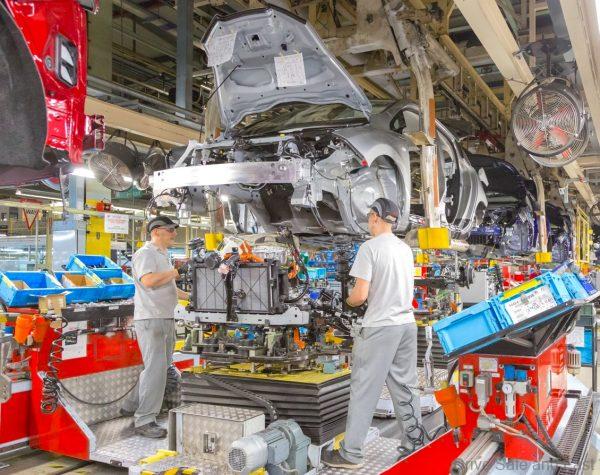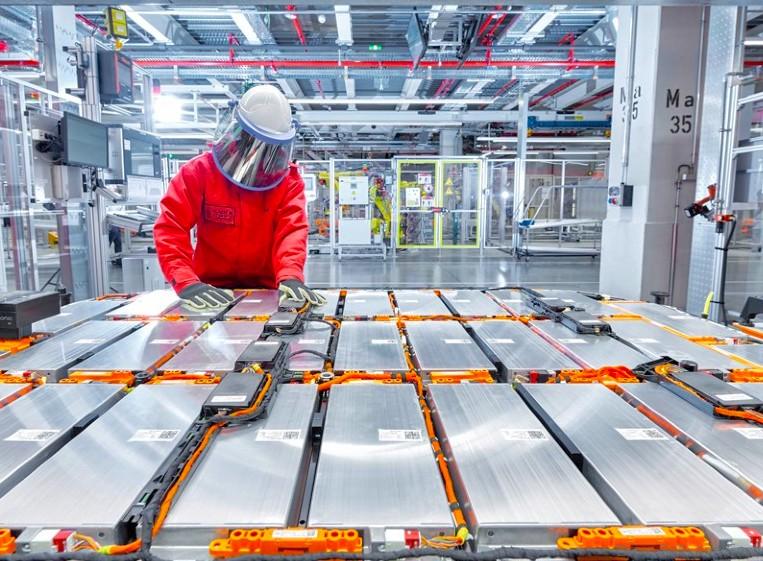The recycling of these batteries in the future is not being looked at seriously.
Electric vehicle battery recycling is likely to be lucrative segment owing to the shift towards electric-driven vehicles. Limited life of these batteries (estimated right now at 8 to 12 years) is likely to lead to an uptick in investments in scope of recycling. (Batteries in newer generation electric vehicle should be capable of maintaining performance beyond 20 years, or more than 480,000 km (300,000 miles), judging from their current performance status.)
Right now it is estimated that more than 32 million electric vehicles are in use globally. These include 8 million fully electric passenger vehicles (battery electric vehicles (BEVs) and plug-in hybrid electric vehicles (PHEVs)) and 24 million partially electrified vehicles (hybrid electric vehicles (HEVs) and medium hybrid electric vehicles (MHEVs)).

It is also estimated that the batteries of approximately 1 million of these passenger vehicles are currently reaching the end of their first life, equal to four gigawatt-hours (GWh) of remaining battery capacity. Electrified commercial vehicles and two-wheelers add to this pool.
This is attributed to environmental effects caused by lithium-ion batteries. The global electric vehicle battery recycling market is anticipated to reach a value of USD 3 billion by 2025, according to the latest report by Market Research Future (MRFR).

It can exhibit 19 percent CAGR over the forecast period (2019-2025). Pyrometallurgy and hydrometallurgy are two major methods of recycling used by key manufacturers.
Establishment of charging infrastructure and plans to rollout electric vehicles in U.S., India, China, Japan, Germany, and South Korea are major drivers of the market. Energy-efficient battery-powered devices, demand for thermal cooling, and stringent emission and fuel regulations can spur the market demand.
Huge production of electric vehicles and efforts for reducing dependence on fossil fuels may assist the market in this soon to be booming business venture.

When a battery at the end of its first life is removed from a vehicle, it has three possible destinations: a recycling facility, a second-life application, or a waste management facility.
In recycling, a specialized company recovers the valuable metals—including cobalt, manganese, nickel, and lithium which comes from the battery cells. It then sells these materials for use in a future battery manufacturing process.
In a second-life application, a specialized company repurposes the battery cells for a new use without dismantling them, often in combination with a new set of power electronics, software, and housing structure. The new application is typically stationary, rather than mobile.
If placed into a waste stream, the battery enters a landfill or other disposal facility with no recovery of any of its remaining value. Increasingly, regulations are mandating that lithium-ion batteries enter the circular economy rather than being discarded.
So, with a lack of battery recycling facilities and high capital required for its setup are major deterrents of the market, it is time for car manufacturers to work with their battery partners to invest in this business.
In addition, the safety risks comprising collection to disposal of batteries while keeping emission levels under control can impede the market.


